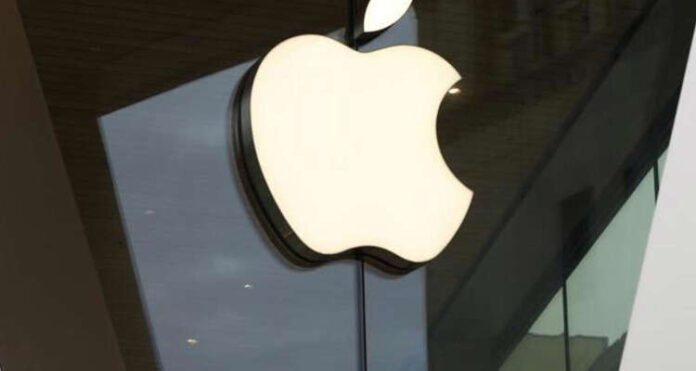
Albeit the fact that Apple AAPL, -0.29% was not exempt from a worldwide supply crisis in the December quarter, executives stated three months ago that they anticipated sales to climb from last year’s record, despite not releasing a formal prediction.
Analysts are also mostly unconcerned with the production troubles that contributed to Apple’s first revenue shortfall in 12 quarters during the September quarter.
Analysts anticipate Apple’s operational prowess and buying power as the largest U.S. firm to help it set new sales records for the Christmas season and calendar year when the company publishes fiscal first-quarter earnings on Thursday afternoon.
According to FactSet, Apple is expected to earn $118.9 billion in the December quarter, up from $111.4 billion a year ago, resulting in a record $373.3 billion in sales for the calendar year, up from $294.1 billion in 2020.
Investors will be searching for evidence that Apple officials expect to see some respite in 2022, but few anticipate a formal projection.
According to expert, Apple stock is a’safe haven’ in a chaotic market.
However, it remains to be seen how much positive earnings news would support Apple’s shares. Analyst Katy Huberty of Morgan Stanley believes the company’s production challenges were less severe than expected, which might allow it to report positive results and provide guidance for a “pretty in-line March quarter,” but she feels that likelihood is already baked into Apple’s stock price.
Apple is still missing a market-capitalization milestone as it seeks its quarterly sales record. Its stock briefly touched the $3 trillion valuation threshold in intraday trading earlier this month, but it failed to close at the required level and has since been trending in the wrong direction.
Apple’s stock finished at $161.62 on Monday; if it closes over $182.86, it would become the first U.S. business to conclude with a $3 trillion valuation. After the earnings report, when Apple will reveal an updated share count reflecting recent repurchase activity, that barrier is expected to rise.
The iPhone narrative is about a lot more than Apple’s supply-chain woes. Analysts are curious about demand for the iPhone 13, which was released just a few months ago, especially at higher price points and in China.
One reason Wedbush analyst Daniel Ives is optimistic about the current product cycle is because average selling prices for the iPhone are still “quite good.”
Angelo Zino of CFRA Research is particularly enthusiastic about China’s dynamics. He believes the firm has been gaining market share at the top end of the industry as a result of sanctions imposed on rival Huawei. Apple may also gain in China as smaller companies struggle to deal with their own supply shortages.
“We believe there were around 15 million iPhone 13 upgrades in China alone in the December quarter,” Ives continued.

















